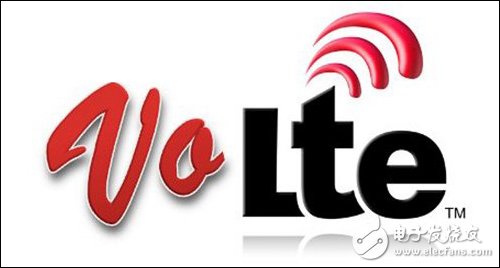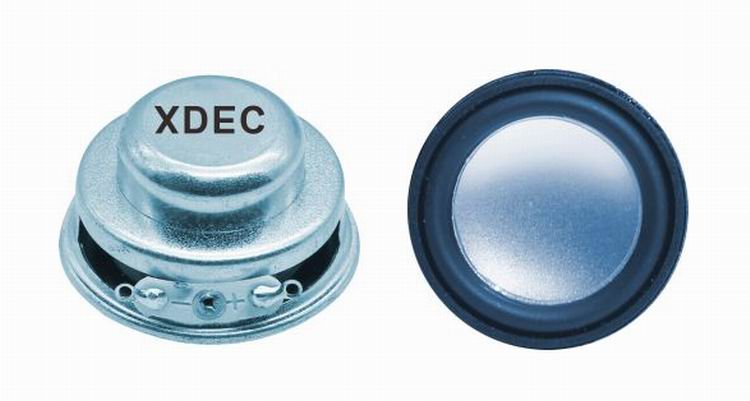July 12th news, while the world's mainstream mobile communication operators have determined the general direction of LTE evolution, VoLTE has gradually established the position of the ultimate voice solution. The world's mainstream operators, equipment manufacturers, terminal chip manufacturers VoLTE has been incorporated into its development plan. At the same time, as a transitional solution for LTE voice, CSFB (voice falling back to the circuit domain) and dual standby will also coexist with VoLTE for a period of time. So, what advantages does VoLTE have compared with other transitional voice solutions? What challenges will operators face when deploying VoLTE? What is the response speed of all parties in the industry chain to VoLTE? For these issues, Pan Bo, vice president of Nokia Siemens Networks (hereinafter referred to as "Noxi"), explained to us. Transition plan: CSFB and dual standby life cycle will continue In the LTE era, although data services are an important weight for operators to generate revenue, voice services will continue to grow and have a large base. Therefore, voice services will continue to be an important source of cash flow for operators in the LTE era. The relevant report predicts that from 2012 to 2018, the voice service on the mobile network will account for 60% -70% of the operator's revenue each year. With the advent of richer smartphones, more colorful voice service functions It will be realized, which will also make the voice service promising in the LTE era. At this stage, LTE voice solutions include CSFB, dual standby, and VoLTE. Among them, although the first two solutions have different technical implementations, they have a common feature, that is, data services are carried on the LTE network, and voice services are carried on the 2G and 3G networks. However, as a transitional solution for LTE voice, CSFB and dual standby have certain technical limitations. CSFB is to achieve voice communication by quickly dropping the mobile phone signal residing on the LTE network to the 3G / 2G network. This solution requires the baseband chip to support the CSFB algorithm. Although the overall design difficulty of the terminal is less than the dual standby solution, its disadvantages are The 3G / 2G network needs to be transformed, and at the same time, higher requirements are placed on LTE network optimization, which will affect the LTE network deployment speed to a certain extent. Dual standby means that data services and voice services reside on LTE and 3G / 2G networks, respectively. The advantage is that the interoperability requirements between LTE and 3G networks are low, and the transformation and impact on 3G networks are small. LTE can be achieved The independent optimization and flexible evolution of the 3G network are conducive to the rapid deployment of LTE; its disadvantage is that it increases the difficulty of terminal design in terms of radio frequency interference, power consumption, cost, and size. According to Pan Bo, "CSFB's voice connection time is relatively long, and the voice connection time of the live network test is about 7-12 seconds. If the connection delay on the large network may be longer, the live network test VoLTE voice connection time is only 1.7 seconds; the power consumption problem of dual standby is also more prominent. It is necessary to order mobile phones with dual receivers, which requires active cooperation of mobile phone manufacturers. " Therefore, Pan Bo believes, "CSFB and dual standby are both transitional technologies developed for the evolution to VoLTE, and will coexist with VoLTE for a period of time. Among them, under the premise of supporting international roaming, the life cycle of CSFB will be It is relatively long, and the dual standby solution will exist for a long time as a terminal form. "
According to the outer diameter of the speakers, we have speakers from 0.4"(10mm) to 5"(128mm).
We divided them into:
1) 0.4"~0.95" speaker (10~24mm)
2) 1"~1.4" speaker (26~36mm)
3) 1.5"~2" speaker (40~50mm)
4) 2.05"~2.75" speaker (52~70mm)
5) 3"~5" speaker (76~128mm)
FAQ
Q1. What is the MOQ? Small Speakers,Large Speakers,Huge Speakers,Mini Speakers Shenzhen Xuanda Electronics Co., Ltd. , https://www.xdecspeaker.com


XDEC: 2000pcs for one model.
Q2. What is the delivery lead time?
XDEC: 15 days for normal orders, 10 days for urgent orders.
Q3. What are the payment methods?
XDEC: T/T, PayPal, Western Union, Money Gram.
Q4. Can you offer samples for testing?
XDEC: Yes, we offer free samples.
Q5. How soon can you send samples?
XDEC: We can send samples in 3-5 days.
July 23, 2020